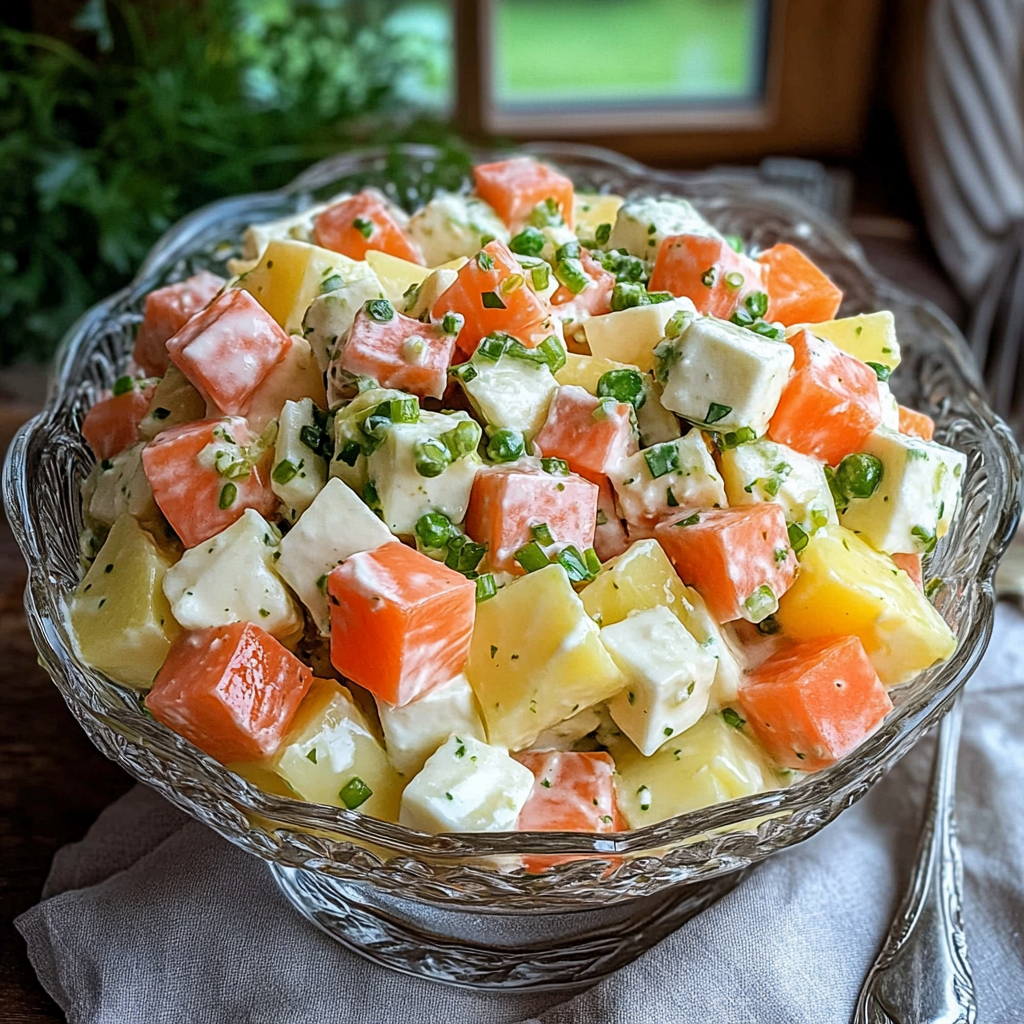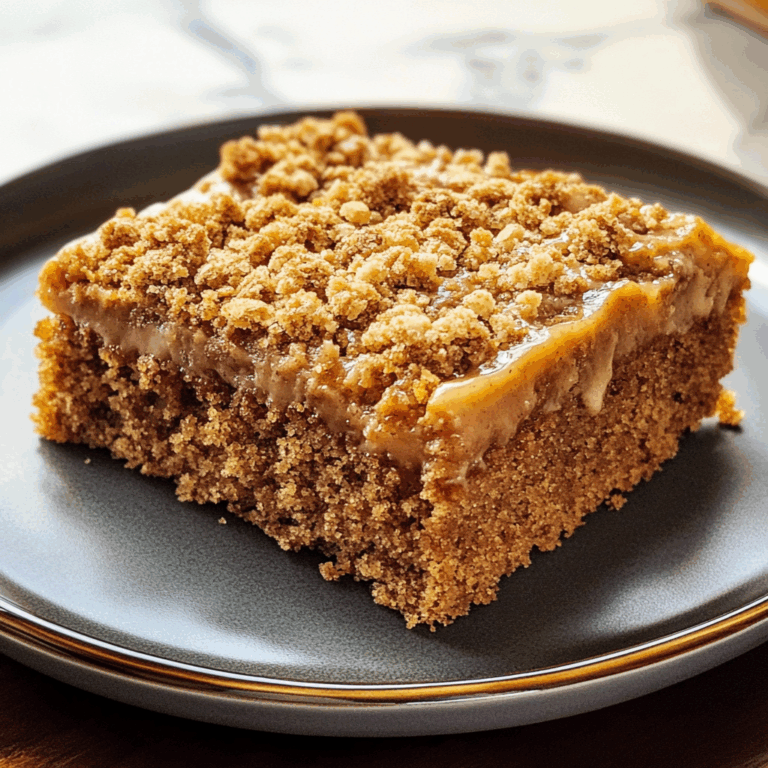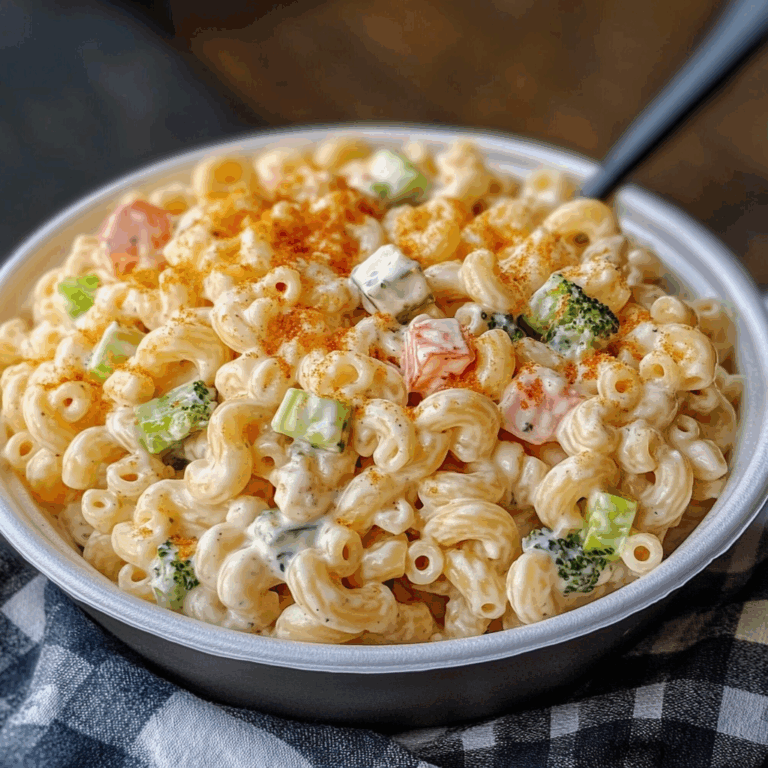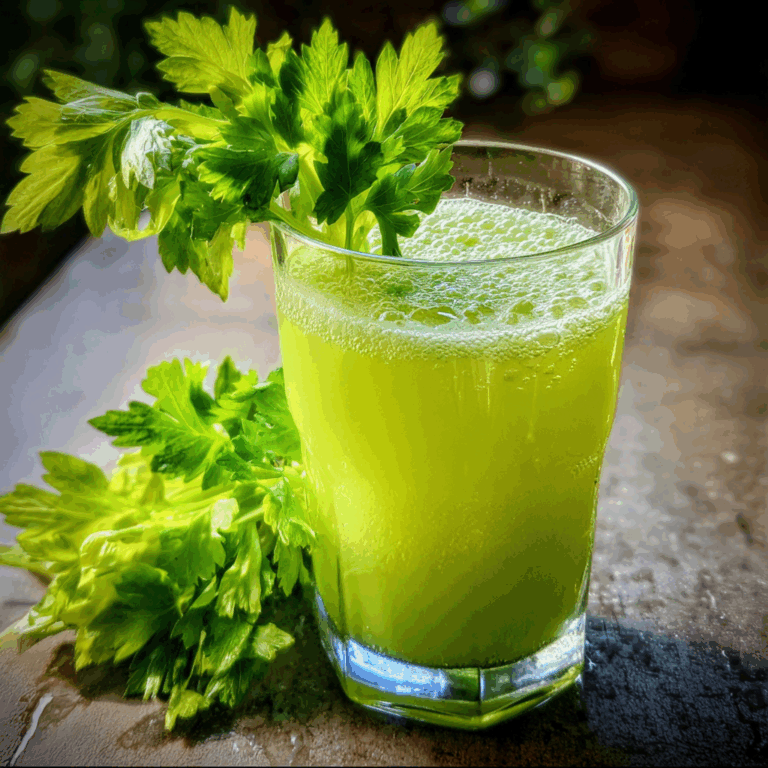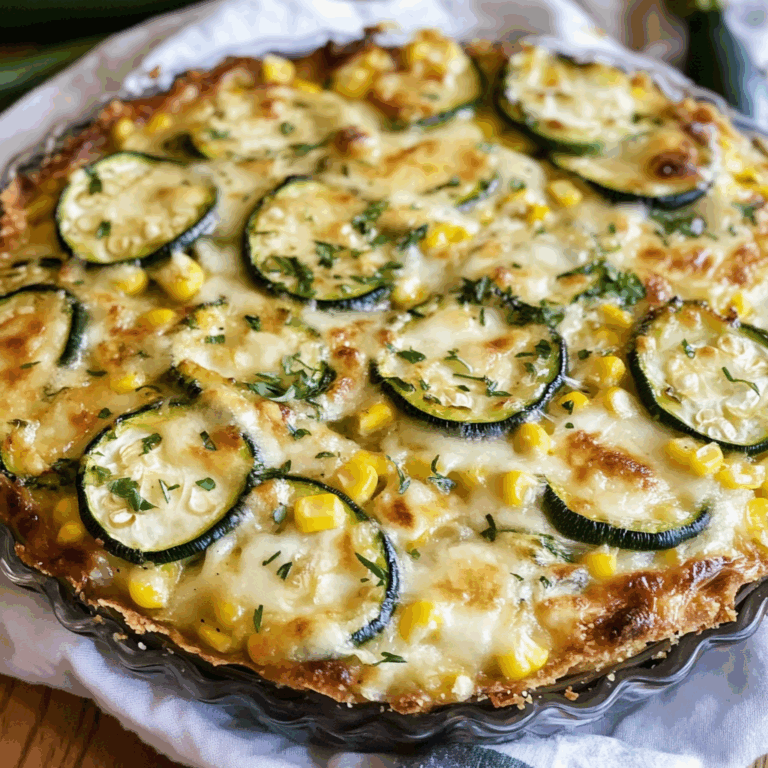Delightful Russian Salad Recipe
The Russian Salad, also known as Olivier Salad, is a beloved dish that has been enjoyed for generations across the globe. This vibrant and flavorful salad is a true culinary delight, blending an array of crisp vegetables, savory proteins, and a creamy dressing to create a harmonious balance of textures and tastes.
Whether you’re hosting a gathering, looking for a nourishing lunch option, or simply craving a delicious and satisfying side dish, this Russian Salad recipe is sure to impress. Its popularity stems from its versatility, making it a go-to choice for various occasions and dietary preferences.
❤️ Why You’ll Love This Recipe ❓
The Russian Salad stands out for its perfect blend of flavors and textures. The crunchy vegetables, such as potatoes, carrots, and peas, provide a satisfying contrast to the tender chicken or ham. The creamy dressing, often made with mayonnaise or sour cream, adds a rich and indulgent element that ties the entire dish together seamlessly.
What makes this recipe truly special is its adaptability. You can easily customize it to suit your taste preferences or dietary needs, whether you’re looking for a reduced-fat version, a lower-carb alternative, or a dairy-free option. The versatility of this dish ensures that it can be enjoyed by people of all dietary persuasions.
🛒 What You Need to Prepare Russian Salad ❓
• 2 carrots, peeled and diced
• 1 cup frozen peas, thawed
• 2 cups cooked chicken or ham, diced
• 1 cup mayonnaise or sour cream
• 2 tablespoons lemon juice
• 1 teaspoon Dijon mustard
• Salt and pepper to taste
The beauty of this Russian Salad is that most ingredients are pantry or freezer staples. The combination of tender potatoes, crunchy carrots, and protein-rich chicken or ham creates the classic Russian-inspired flavor profile that has made these salad recipes perennially popular.
📝 How to Make Russian Salad Step-by-Step ❓
• Step 2: In a large mixing bowl, combine the cooked and cooled potatoes, diced carrots, thawed peas, and diced chicken or ham.
• Step 3: In a separate bowl, whisk together the mayonnaise or sour cream, lemon juice, and Dijon mustard. Season with salt and pepper to taste.
• Step 4: Pour the dressing over the vegetable and protein mixture, and gently stir to combine. Adjust seasoning as needed.
• Step 5: Refrigerate the Russian Salad for at least 30 minutes to allow the flavors to meld.
⏱️ Timing Overview
• Cooking time: 10-12 minutes
• Total time: 30-32 minutes
Compared to traditional potato salads, which can take up to an hour to prepare, this Russian Salad saves you 50% of your cooking time while delivering similar flavors and textures.
👩🏻⚕️ Nutritional Information
Per serving (based on 6 servings):
• Protein: 16g
• Carbohydrates: 21g
• Fat: 23g
• Fiber: 3g
• Sodium: 404mg
These Russian Salad recipes provide approximately 30% of your daily protein requirements and 15% of your daily carbohydrate needs, making them not just delicious but nutritionally valuable as well.
🔄 Healthier Alternatives for the Recipe
• Lower-carb version: Substitute some of the potatoes with riced cauliflower or roasted cubed zucchini.
• Dairy-free adaptation: Replace the mayonnaise or sour cream with a non-dairy alternative, such as cashew cream or vegan mayonnaise.
• Added protein: Incorporate additional protein sources, such as boiled eggs, cooked shrimp, or chickpeas.
• Boost vegetables: Increase the variety of vegetables, such as diced bell peppers, cucumber, or radish, for added fiber and nutrients.
These modifications can reduce calories by up to 20% or adapt the recipe for specific dietary needs without compromising the fundamental flavor profile of the Russian Salad.
🍽️ Serving Suggestions
• Pair it with grilled chicken, fish, or roasted meats for a complete and satisfying meal.
• Complement the salad with a fresh green salad or a hearty soup for a well-balanced lunch or dinner.
• For a picnic or outdoor gathering, serve the Russian Salad on a platter with crusty bread, sliced tomatoes, and fresh herbs.
• Create a Russian Salad platter by arranging the salad alongside other traditional Russian dishes, such as blini (small pancakes) or stuffed cabbage rolls.
❌ Common Mistakes to Avoid
• Using too much dressing: The Russian Salad should be lightly dressed, not drenched in the creamy dressing. Start with a smaller amount and gradually add more, tasting as you go.
• Forgetting to season: Don’t forget to season the salad with salt and pepper to balance the flavors. Adjust the seasoning to your taste preferences.
• Not letting the salad chill: Allowing the salad to chill for at least 30 minutes helps the flavors meld and the texture to set.
• Skipping the lemon juice: The lemon juice adds a crucial brightness and acidity that brightens the overall flavor of the Russian Salad.
🧊 Storing Tips for the Recipe
These Russian Salads retain their quality remarkably well:
• Freezing unbaked: You can freeze the assembled, unbaked salad for up to 2-3 months. Thaw in the refrigerator overnight before serving.
• Freezing baked: The salad can also be frozen after baking. Allow it to cool completely, then wrap tightly and freeze for up to 2-3 months. Thaw in the refrigerator and reheat gently before serving.
• Reheating: To reheat, simply place the salad in a baking dish and heat in a 350°F oven for 10-15 minutes, or until heated through and the texture is restored.
❓ FAQs
Can I make Russian Salad in advance?
Absolutely! The Russian Salad is an excellent make-ahead dish. You can assemble the salad up to 3-4 days in advance and store it in the refrigerator. The flavors will continue to meld, making it even more delicious on the day you serve it.
Can I substitute other proteins in the Russian Salad?
Yes, you can easily swap out the chicken or ham for other proteins, such as cooked shrimp, tuna, or even hard-boiled eggs. The key is to use a protein that complements the overall flavor profile of the salad.
Is there a dairy-free version of Russian Salad?
Yes, you can make a dairy-free version of Russian Salad by replacing the mayonnaise or sour cream with a non-dairy alternative, such as cashew cream or vegan mayonnaise. These options are widely available in most grocery stores and work beautifully in the recipe.
Why is my Russian Salad watery?
If your Russian Salad seems too watery, it’s likely due to overcooking the potatoes or not draining them thoroughly after cooking. Be sure to cook the potatoes until just tender, then drain and cool them completely before assembling the salad. Additionally, you can try reducing the amount of dressing if the salad seems too wet.
Can I add more vegetables to the Russian Salad?
Absolutely! The beauty of this recipe is its versatility. You can easily add more vegetables, such as diced bell peppers, cucumber, or radish, to boost the nutrient content and visual appeal of the salad. Just be sure to adjust the dressing amount accordingly to accommodate the additional ingredients.
Conclusion
These delightful Russian Salads represent the perfect balance of convenience, flavor, and presentation. Whether you’re serving them as a side dish for a barbecue or a main course for a casual lunch, they’re sure to impress with their vibrant colors and satisfying textures. The versatility of this recipe allows for countless variations to suit your taste preferences and dietary needs.
With simple ingredients and straightforward preparation, these Russian Salad recipes demonstrate that sophisticated flavors don’t require complicated techniques – just quality ingredients and a little bit of care in the assembly. So, why not give this classic dish a try and experience the joy of creating a truly delicious and nutritious salad that will have your family and friends coming back for more.

